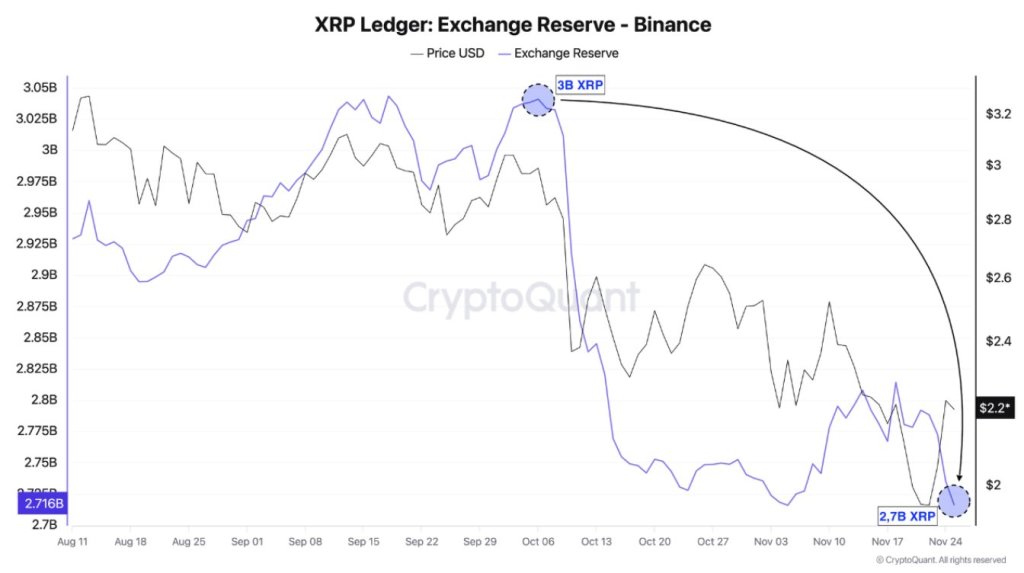
Web3 needs to set off toward new horizons to continue disrupting traditional industries, and B2B SaaS can enable that.
In the era of services like Netflix, Dropbox or Amazon Prime, it’s quite easy to forget about the times when customers were getting in line to acquire boxed digital products, like software or entertainment media, with one-time purchases. The age of annual fees started when consumer products turned into subscription-based services.
The same transformation happened approximately a decade ago in the enterprise world when businesses reimagined ages-old solutions like enterprise resource planning or customer relationship management as ongoing services monetized via recurrent billings. Hence, the business-to-business (B2B) software-as-a-service (SaaS) model was born in the 2000s and disrupted the way enterprise technologies have worked over the last two decades.

B2B SaaS was left largely untouched by the thriving blockchain and crypto ecosystem until last year, but a long-running bear market made the Web3-first startups realize that they should leave no stone unturned in order to survive the harsh market conditions and tackle increasing competition.
From providing enterprise-level Ethereum infrastructures to blockchain-based document storage systems, Web3 SaaS (or SaaS3) companies offer decades-old business services reimagined in the Web3 environment, and fresh data shows that the business world is open to trying new ways of doing old things.

One attempt by venture capitalist Tomasz Tunguz to size up the total addressable B2B SaaS3 market calculated that 57 Web3 SaaS projects generated revenue ranging from $500,000 to above $100 million in the second half of 2022. The on-chain revenue of Web3 startups, largely dominated by Ethereum, indicates a total addressable market of $231 million in 2022.
The total addressable market, or TAM, is an admittedly optimistic chart that multiplies a project’s potential number of customers with the budget reserved for the service. It does not involve any competition or real-life limitations, hence the probability that the “addressable” part implies. TAM is the potential market opportunity for a product or a service, and the B2B SaaS3 space had south of one-quarter of a billion dollars of that opportunity last year.
Cashless society goals work in favor of Web3
Mark Smargon, CEO of blockchain-based payment platform Fuse, believes that B2B SaaS in the Web3 industry can benefit from quite a number of factors, including the increasing adoption of mobile devices, the internet and e-commerce platforms, as well as a shift towards cashless societies in many countries.
Recent: How AI can make the metaverse a more interactive space
Inherent problems like high costs, privacy issues and geographical restrictions make traditional payment systems expensive and challenging for merchants. That’s why Smargon noted that Web3 startups would see the most significant growth opportunity in providing services to Web2 companies and simplifying the onboarding and usage of blockchain solutions, applications and payment rails. He told Cointelegraph:
“It boils down to Web3 startups giving businesses a way to provide their customers with experiences on par with what they are used to in Web2 while enhancing efficiency, value proposition and stickiness.”
Web3 startups need to start introducing the blockchain-based way of doing business to traditional companies with baby steps, according to the Fuse CEO. “Salesforce users think of nonfungible tokens (NFTs) less as collectibles or art and more like the next generation of loyalty programs for their finest customers,” Smargon said. “NFTs can be changed on the fly to adjust terms and unlock physical and digital rewards as customers engage more with a company.”
Web3 adoption starts with off-boarding from Web2
The real tipping point may arrive when companies use blockchain solutions to manage day-to-day business activities, such as accounting, procurement and invoicing, Smargon posited.
When it comes to payments services, developing countries where a significant portion of the population is either unbanked or underbanked add some unique opportunities, he explained. In such countries, companies are not entrenched in legacy systems or vendor-locked, making them “free to innovate and engage with Web3 solutions from the start rather than having to retrofit.”
Onboarding companies to Web3 has another challenge for startups, Smargon noted: “They must first off-board businesses [from Web2] and then onboard them to Web3-based systems.” The key to making businesses understand there are viable alternatives is by providing them with compelling business and efficiency benefits, Smargon said:
“To do that, [Web3 startups] need to produce solutions for businesses to build secure products without taking on the burden of custody, reaching customers without incurring the costs of compliance and licensing, and providing exceptional consumer experiences without building wallets from scratch.”
But it doesn’t end there: Smargon added that Web3 users also need to be able to move value within and outside their companies without facing high fees and barriers. “Changing consumer demand drives change at the grassroots level, meaning businesses need to adapt or die,” he said.
Web3 still needs its ‘picks and shovels’
On the surface, the SaaS movement and the Web3 movement are quite misaligned in their interests, according to Nils Pihl, the CEO of decentralized protocol developer Auki Labs:
“While Web3 is encouraging people to take ownership and responsibility for their own digital presence, the SaaS movement’s core philosophical tenet is handling the complexities of the digital realm for you.”
When looking from the opposite perspective, however, SaaS has already won the Web3 space, Pihl claimed: “Platforms like Infura and Alchemy run huge chunks of the Web3 ecosystem because so few can, or even want, to run their own nodes.”
As such, many of the companies that actually make reliable revenue in Web3 are actually providing tools (as a service, commonly) for other Web3 projects, Pihl explained, adding:
“In a world where the killer apps have not yet been found, a safe bet is selling picks and shovels to those that are digging.”
He continued by saying that many Web3 companies are so passionate about Web3 that they design by ideology instead of looking for the product-market fit. Pihl thinks, if startups begin by saying “we are a Web3 company,” they limit their perspective or ability to listen to and understand the business needs of their potential customers from the beginning.
Recent: How Bitcoin mining saved Africa's oldest national park from bankruptcy
Although the B2B SaaS market is huge, people shouldn’t assume that “product X but on the blockchain” is a winning idea. The creator could raise money for it, but if the new on-chain “product X” does not solve the problem better than the one already in use, there is no reason to switch to the new product, according to Pihl.
Assuming clients will be excited to embrace a Web3 product because its developer finds it philosophically, ethically or aesthetically superior is not a good approach, according to Pihl:
“You need to solve a pressing issue for the client, or they won’t engage.”

You can get bonuses upto $100 FREE BONUS when you:
💰 Install these recommended apps:
💲 SocialGood - 100% Crypto Back on Everyday Shopping
💲 xPortal - The DeFi For The Next Billion
💲 CryptoTab Browser - Lightweight, fast, and ready to mine!
💰 Register on these recommended exchanges:
🟡 Binance🟡 Bitfinex🟡 Bitmart🟡 Bittrex🟡 Bitget
🟡 CoinEx🟡 Crypto.com🟡 Gate.io🟡 Huobi🟡 Kucoin.



















Comments